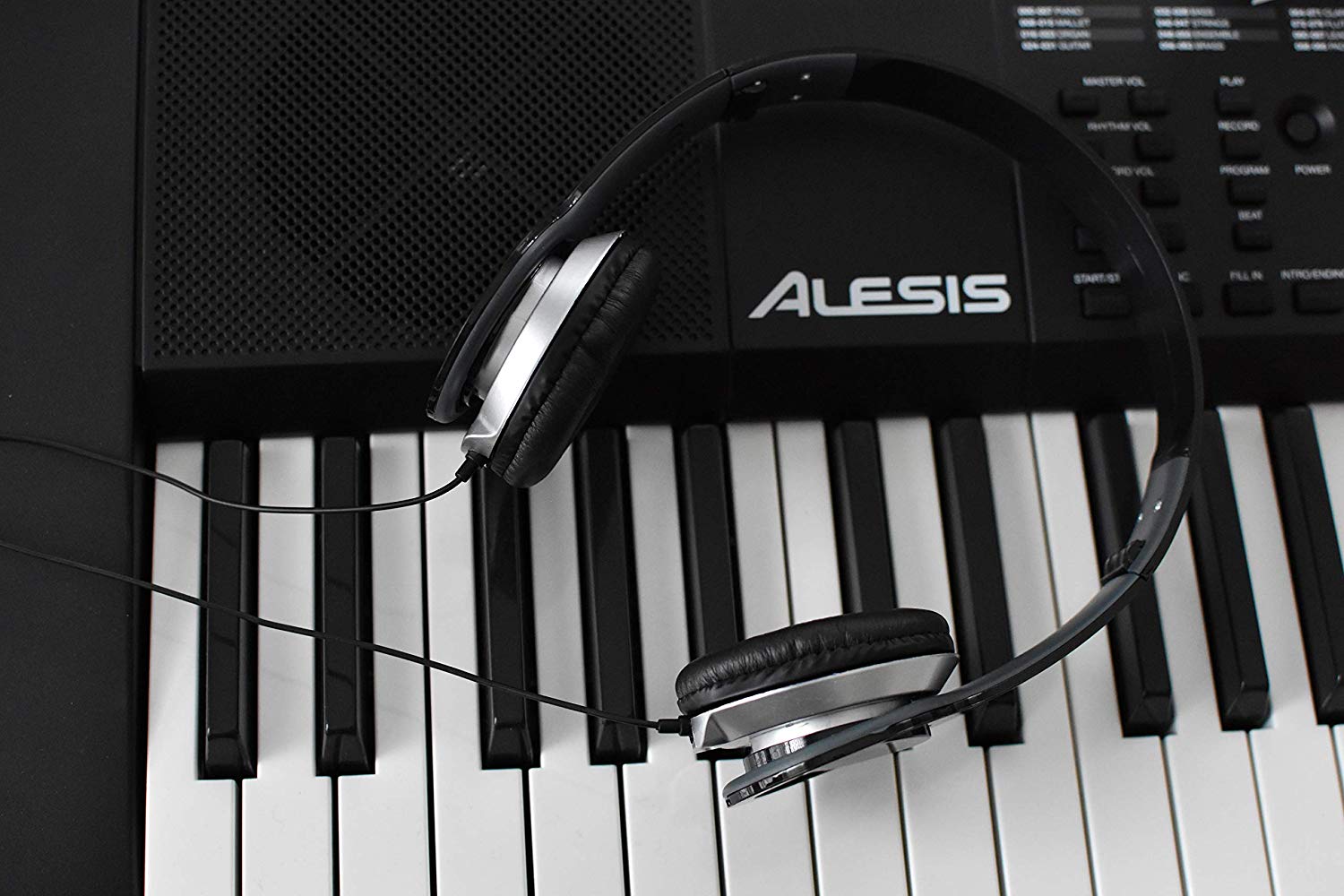Selecting a Good piano brands is a major commitment; with so many excellent piano brands around, knowing how to evaluate their qualities is absolutely vital. Whether digital or acoustic, pianos have a great variety of features that affect their sound, feel, and general playing experience. Although aesthetic attractiveness is important, emphasizing the fundamental elements and features will help you to discover an instrument that fits your requirements and enhances your musical path for many years. Examining the actual elements that enhance a piano’s quality and playability, comparing brands calls for a deliberate approach.
Touch and Action
Arguably, the most important quality to compare is the motion, or the feel of the keys. In acoustic pianos, this is the elaborate mechanical system of hammers, levers, and dampers. Different companies use different materials and designs, which leads to different touches some lighter, some heavier, some more responsive. A good motion lets you express delicately and with great dynamic range. Often employing weighted or graded hammer systems, the action on digital pianos mimics this auditory sensation. Examining the key weight, resistance, and speed of key reset across several manufacturers will highlight notable playability variations.

Timbre and Sound Quality
Any piano’s core is the sound it generates. The soundboard material usually spruces the strings, and the cabinet design shape acoustic piano sound quality. Every brand usually develops a certain tonal identity; some are crisp and bright, others soft and resonant. When comparing, pay attention to the richness, sustain, and evenness of tone throughout the whole keyboard. Digital pianos create sound by means of premium acoustic piano samples. Different brands’ sample, speaker, and digital processing quality affect the sound’s realism and depth.
Construction and Materials
A piano’s endurance and tone are directly affected by the materials used in its building. For acoustic pianos, the quality of the wood in the soundboard, bridges, and action components is most important. The accuracy of the workmanship is also quite important. Often, reputable companies use competent craftsmen and obtain premium materials. When looking at pianos, search for good finishing and sturdy construction. Though less dependent on conventional woods, the build quality of the keyboard, cabinet, and internal components of digital pianos affects their lifetime and feel.
Connectivity and Features
Apart from the basic piano function, both acoustic and digital pianos can provide further functionality. Acoustic pianos could have various cabinet designs or pedal functions. Digital pianos, on the other hand, have a greater variety of functions including several instrument voices, recording capabilities, metronomes, and connection choices like USB or Bluetooth. Think about which aspects are absolutely necessary for your creativity, performance, or practice. It’s crucial to compare the intuitiveness of interfaces and the caliber of digital improvements among brands.
Cost and Worth
Piano pricing is greatly depending on brand, kind (upright, grand, digital), size, materials, and features. Although the first expense may be alluring, think about the long-term worth. A higher-priced piano from a respected brand could provide better longevity, sound quality, and playability, hence perhaps reducing future maintenance or replacement expenses. To choose the most value for your money, consider pricing in relation to the features and construction quality provided by various Good piano brands.

